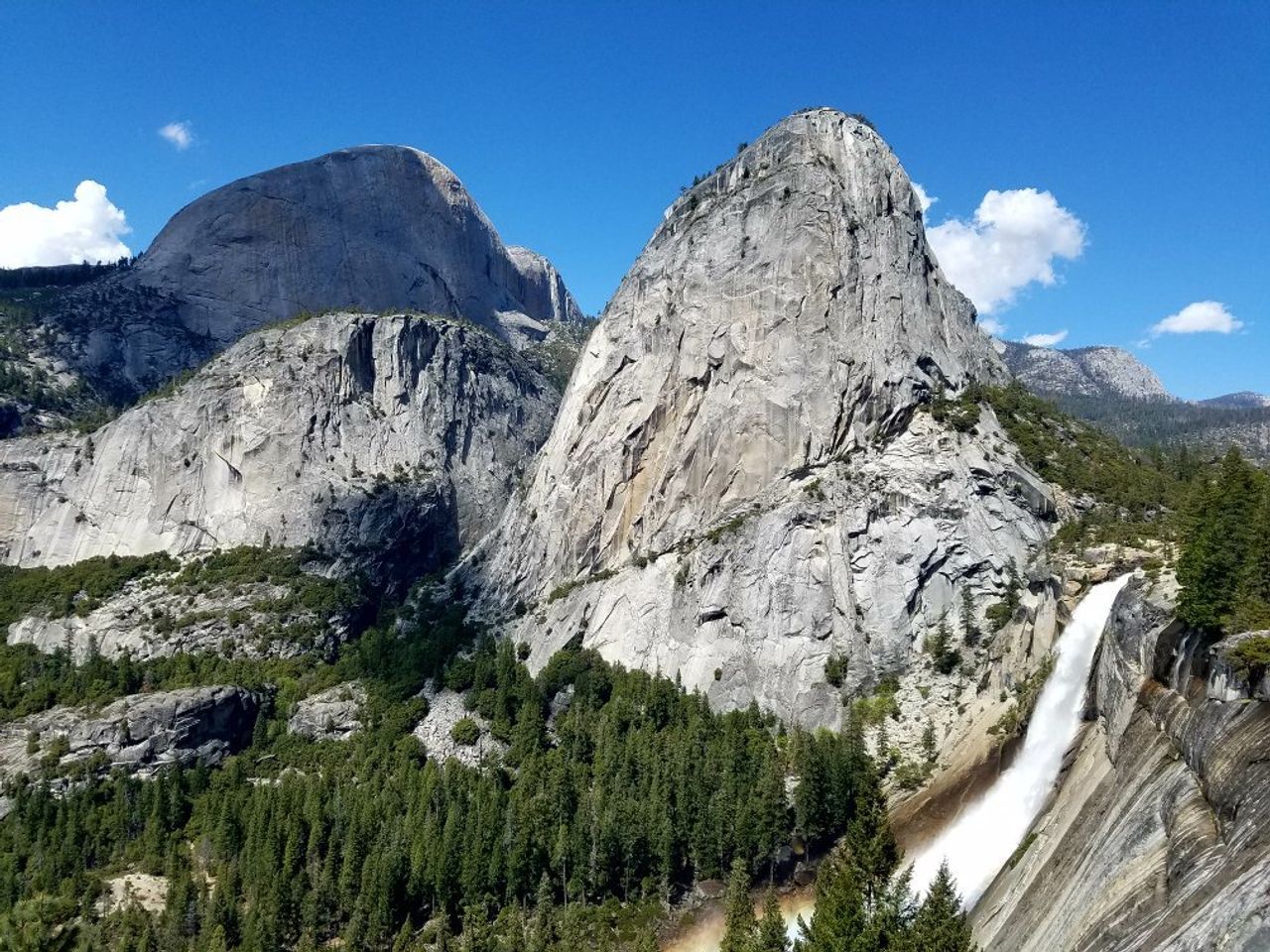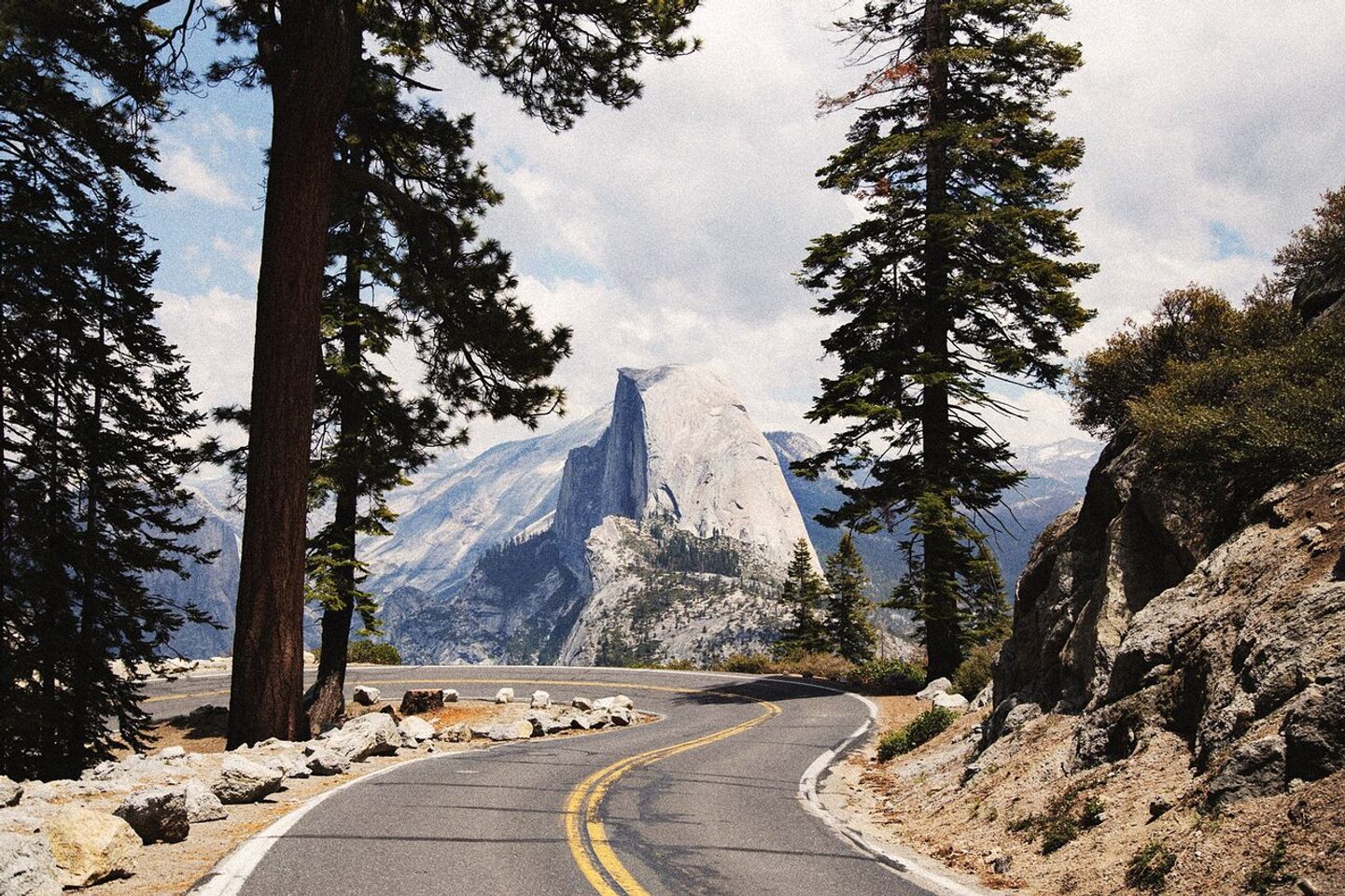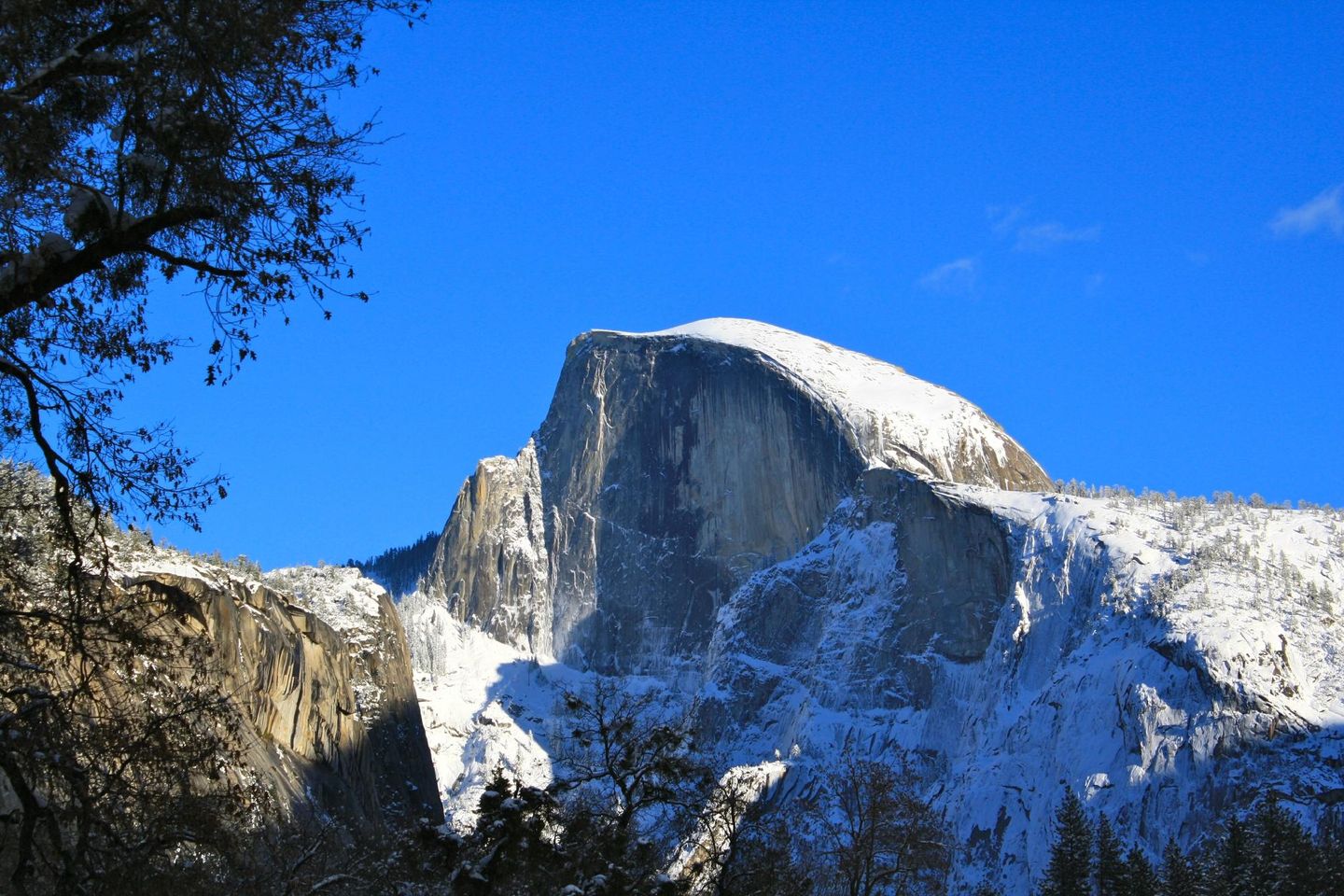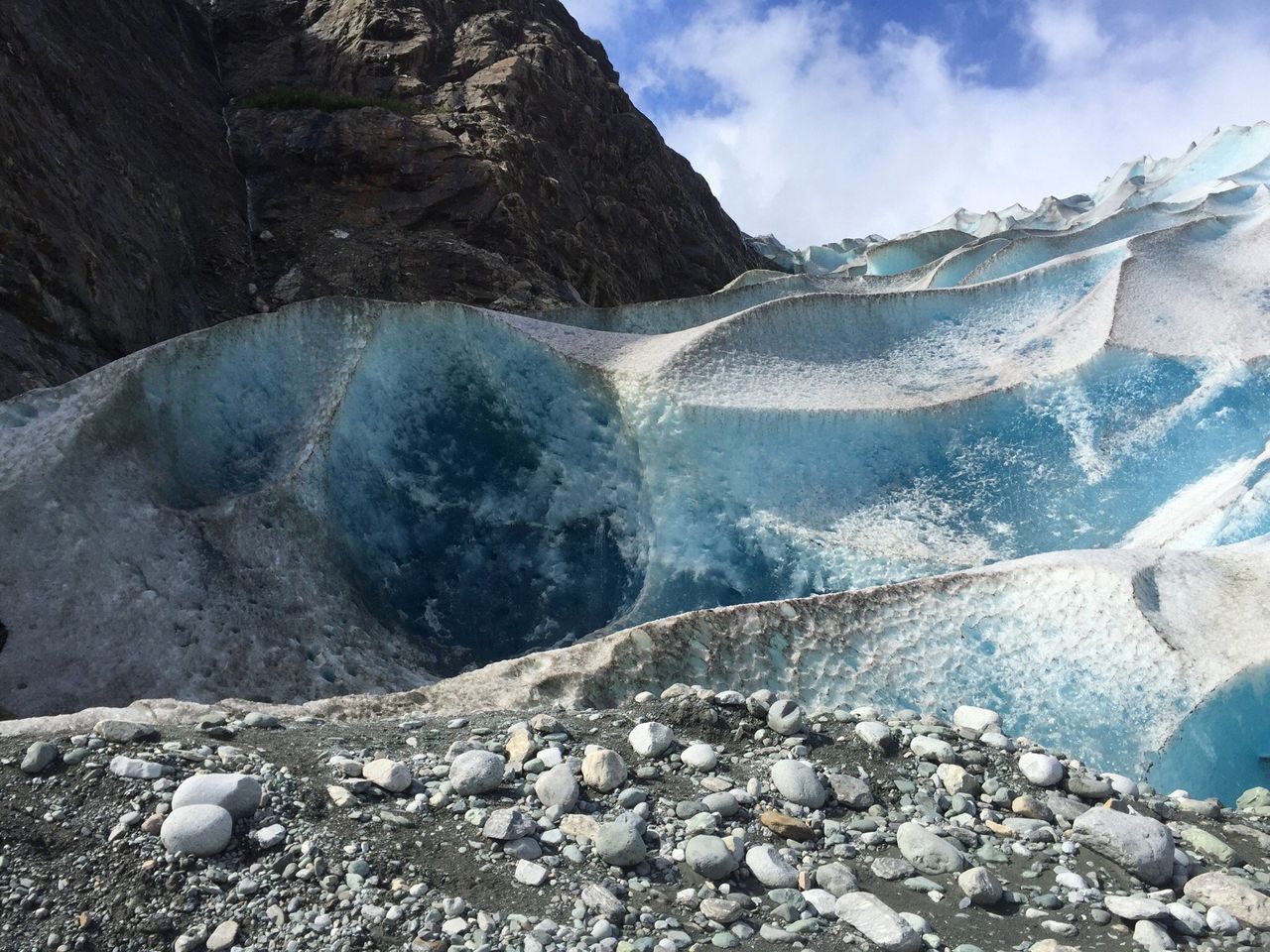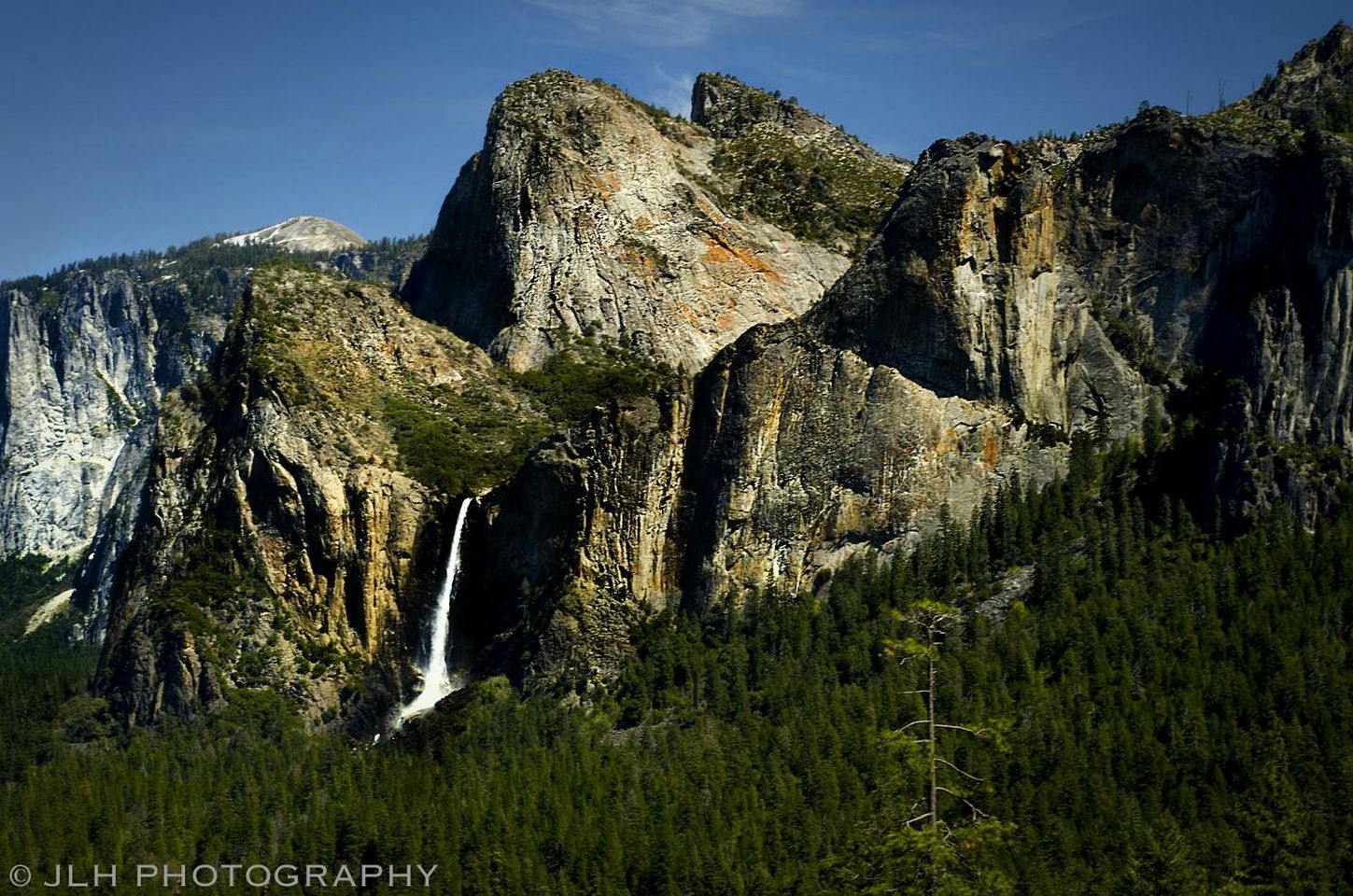Discover the Majestic Beauty of Yosemite Valley: A Nature Lovers Paradise
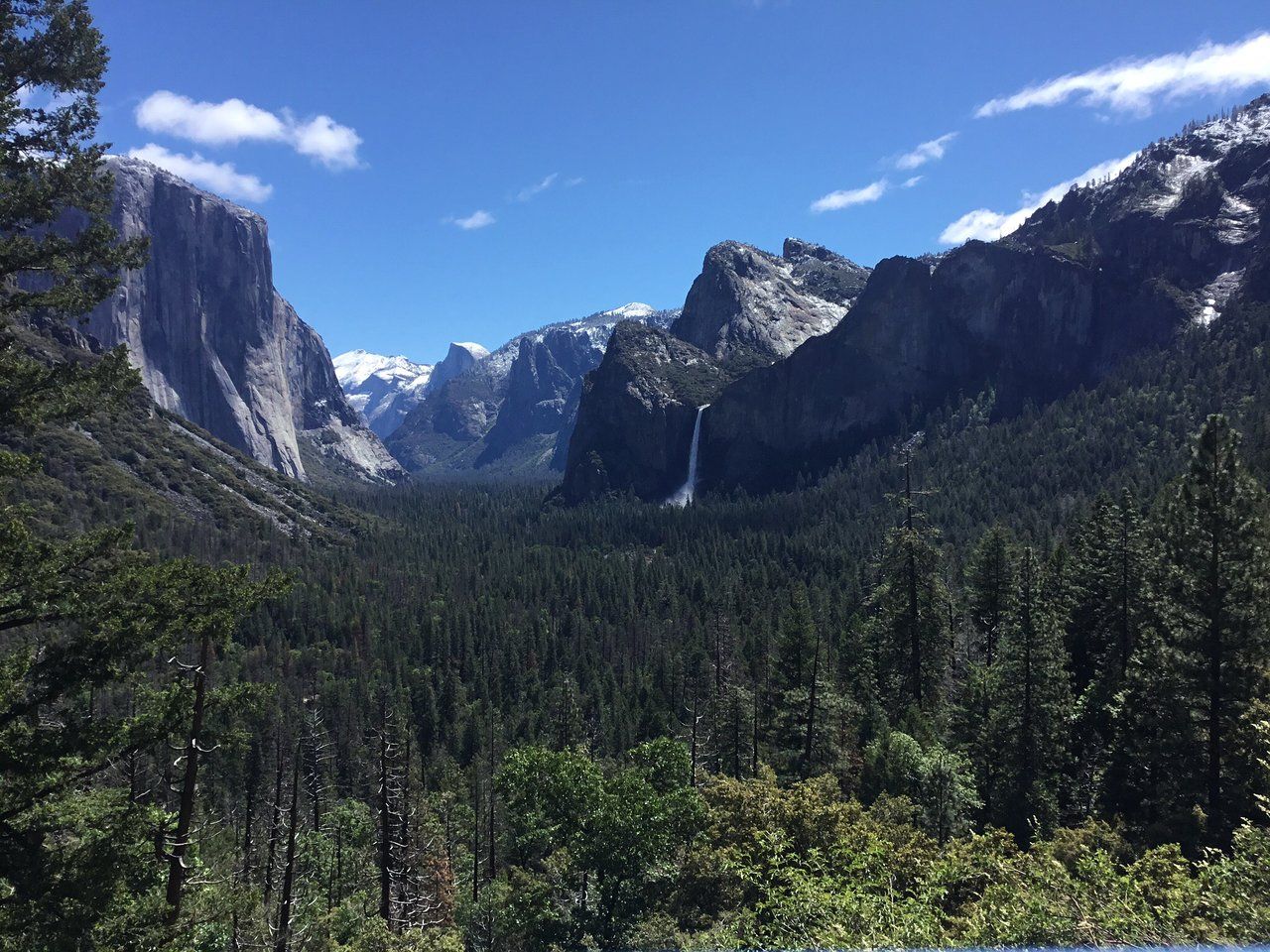
Nestled in the heart of Yosemite National Park in California, the Yosemite Valley is one of the most breathtaking natural wonders in the world. With its towering granite cliffs, cascading waterfalls, and lush meadows, this valley has been attracting travelers from around the world for centuries. As a writer and avid explorer, I recently had the privilege of visiting Yosemite Valley and what I experienced there has left an indelible mark on my perspective.
From the moment I stepped foot into Yosemite Valley, I was struck by the sheer majesty of the landscape. The towering peaks of Half Dome and El Capitan loomed over me, as if to remind me just how small and insignificant I am in the grand scheme of things. But rather than feeling intimidated, I was inspired by the natural beauty that surrounded me. The sounds of the rushing Merced River and the fresh scent of pine trees filled my senses, transporting me to a world far removed from the busy and stressful modern life.
In this article, we will take a closer look at Yosemite Valley, exploring its rich history, unique ecology, and the challenges it faces in the face of a rapidly changing world. I invite you to join me on this journey and discover why Yosemite Valley is more than just a pretty place but a cultural and natural treasure that warrants our respect and preservation efforts. Click here to access the complete city guide for Yosemite National Park.
Geology and Formation
As we stand in awe of the towering granite cliffs and the breathtaking waterfalls cascading down into the valley below, we can’t help but think about the geological forces that shaped this natural wonder. Yosemite Valley in Yosemite National Park is a prime example of the power of geology, with its impressive granite domes and breathtaking fault lines.
Millions of years ago, this ancient landscape experienced a steady process of uplifting, exposing the underlying granite bedrock to erosion. Water, wind, and ice played a crucial role in sculpting the majestic peaks and valleys that we see today. From the towering peaks of El Capitan and Half Dome to the winding Merced River, every feature in Yosemite Valley has a unique geological history that spans millions of years.
It’s fascinating to think about the sheer magnitude of the geological events that took place to create such a breathtaking landscape. As we explore the beauty of Yosemite Valley, let’s remember to marvel at the power of geology and the natural forces that continue to shape our planet.
Famous Landmarks and Attractions
When visiting Yosemite National Park in California, it’s hard not to be awe-inspired by the magnificent landmarks and attractions that the park has to offer. However, the truth is that some of these famous sites are overrated and overstated. Take, for example, the Tunnel View lookout, which is often heralded as one of the park’s must-sees. Don’t get us wrong; the view is indeed breathtaking. However, with the crowds and limited parking availability, it’s often challenging to appreciate the grandeur of the landscape fully.
One attraction that we recommend visiting instead is the Mariposa Grove of Giant Sequoias. These trees are some of the largest and oldest living organisms on our planet. They deserve to be admired without the distraction of hoards of tourists and the noise of cars. Walking through the tranquil forest, surrounded by these magnificent ancient trees, is an awe-inspiring experience and one that we highly recommend adding to your itinerary when visiting Yosemite National Park.
Finally, while we can’t deny the popularity of Half Dome, we find the hike to the summit to be overrated and overly hyped. Although the views at the summit are undoubtedly fantastic, the crowds and waiting times to get there can take away from the experience. Instead, we recommend exploring the park’s less crowded trails, such as the Mist Trail or the John Muir Trail. These hikes offer spectacular views and will give you an opportunity to connect with nature and appreciate the park’s beauty on a deeper level.
Wildlife and Natural Resources
As travelers, we have a moral obligation to respect and protect the wildlife and natural resources that we encounter during our adventures. This is especially true when visiting Yosemite Valley in Yosemite National Park, one of the most ecologically diverse and visually stunning places in California. It’s important to remember that this isn’t just a playground for us to enjoy; it’s a fragile ecosystem that requires our careful attention and consideration.
From the majestic black bears to the elusive mountain lions, the wildlife in Yosemite Valley is nothing short of breathtaking. But as visitors, we must resist the urge to interact with these animals, no matter how tempting it may be. Feeding, approaching or attempting to touch wild animals can not only be dangerous for them, but for us as well. It’s critical that we respect the boundaries of these creatures and observe them from a safe distance to prevent inadvertent harm.
Finally, we must be mindful of our own impact on the natural resources in Yosemite Valley. This includes properly disposing of trash, avoiding the use of single-use plastics and taking responsible measures to reduce our carbon footprint. By respecting and protecting the wildlife and natural resources of Yosemite Valley, we not only ensure the longevity of this natural wonder, but we also set a positive example for future generations of travelers to follow.
Conclusion
In conclusion, Yosemite Valley is a breathtaking destination that has captured the hearts of millions of people from all over the world. From its towering granite cliffs to its lush meadows and serene waterfalls, Yosemite Valley has so much to offer for nature enthusiasts and adventure seekers alike. As we have seen, the park has made significant efforts to preserve its natural beauty while allowing visitors to experience all that it has to offer.
However, we also recognize the need for responsible tourism. Yosemite Valley is a fragile ecosystem that must be protected and preserved for future generations. As visitors, we have a responsibility to minimize the impact that we have on this fragile ecosystem by following all the rules and regulations set by the National Park Service.
Finally, we encourage everyone to experience Yosemite Valley at least once in their lifetime. Whether it’s hiking to the top of Half Dome, taking a dip in the refreshing waters of Yosemite Falls, or simply gazing in awe at the majestic scenery, Yosemite Valley is a truly unforgettable experience that will stay with you for the rest of your life. We hope that this article has inspired you to plan a trip to Yosemite National Park and explore all that this beautiful destination has to offer.

